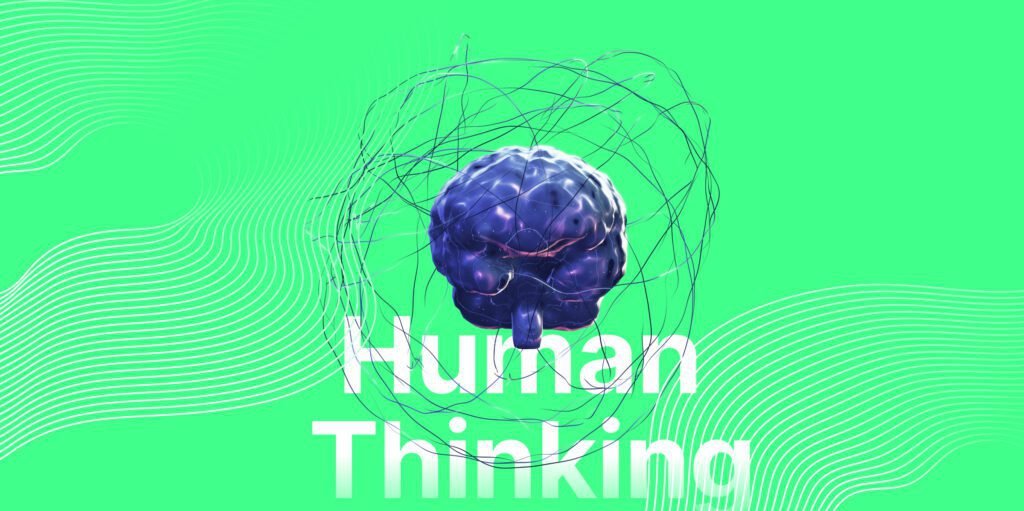Surprisingly Similar to Human Thinking



Artificial Intelligence (AI) has been a topic of discussion for decades, with both optimists and skeptics voicing their opinions on the technology’s potential. However, it has become increasingly clear that generative AI, in particular, bears a remarkable resemblance to human thinking.
AI and the Human Brain: A Comparison
One of the most astounding aspects of generative AI is its ability to mimic the complex processes of the human brain. Like our minds, these AI models learn from experience, identify patterns, and make decisions based on the information they’ve accumulated.
They are also capable of ‘thinking’ in a non-linear, creative way, much like humans. This allows them to generate new, original content, whether that’s a piece of writing, a piece of music, or a piece of art.
The Ability of AI to Understand Emotions
Even more impressive is the capacity of AI to learn what feelings are and why they exist. Through extensive machine learning and data analysis, AI can identify human emotions and responses, understand their causes, and even predict future emotional responses under specific circumstances.
This emotional AI, or affective computing, is a rapidly growing field that has significant implications for how we interact with technology. It could lead to more empathetic and understanding AI systems that can adapt and respond to our emotional states.
The Future of Human-Like Interaction
The latest level of Human-Like Interaction (HLI) in AI is truly mind-blowing. With advancements in AI technology, we are moving towards a future where AI can interact with humans in a way that is indistinguishable from human-human interaction.
This includes not only understanding and responding to human emotions but also adapting to individual personalities, preferences, and communication styles. It is a future where AI can provide personalized experiences, support, and companionship tailored to each individual’s needs.





